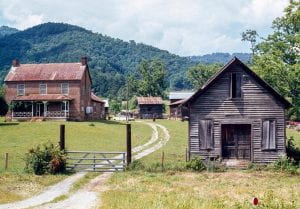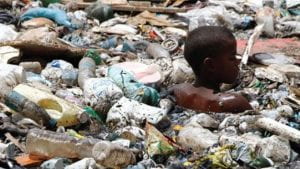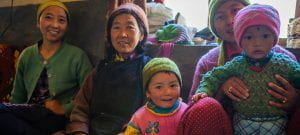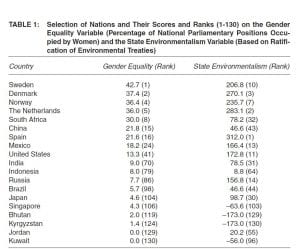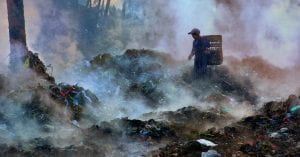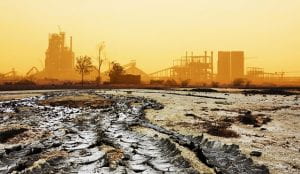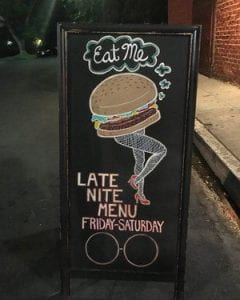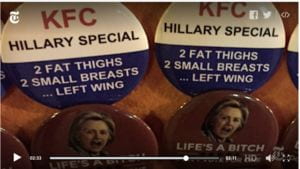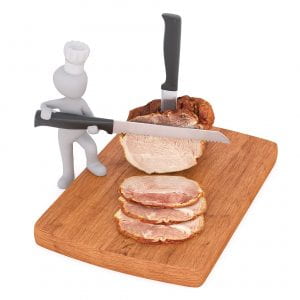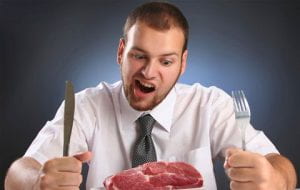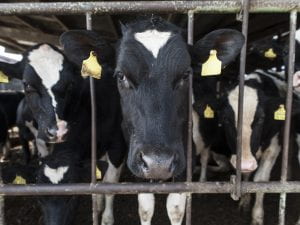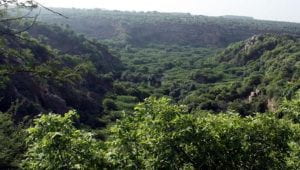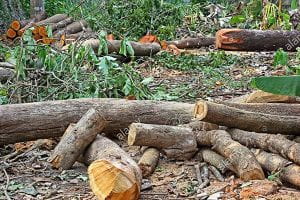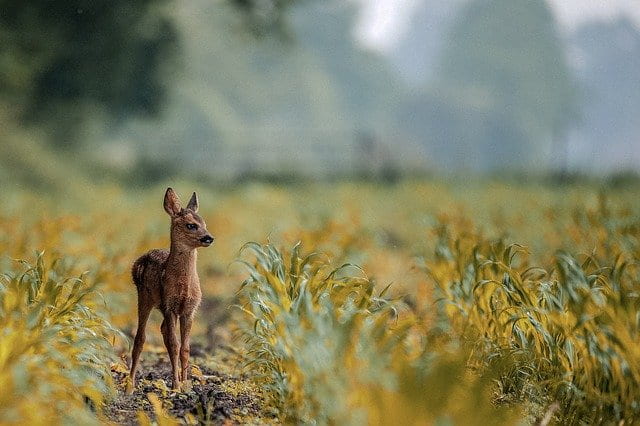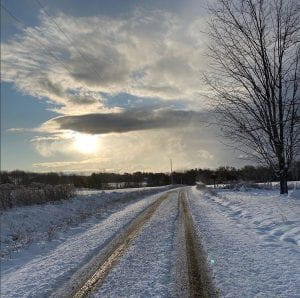
I live on a dirt road, some would say in the middle of nowhere, but in reality, Brown Hill is somewhere. With three different towns and school districts merging in our small community, we are a mismatch of different types of people, some come here for the farming, others for the cheap real estate, and others because their families have always been here and will continue to always be here.
I leave, but I always return, to this little slice of the earth that I call my home. This small part of land in Crawford County, in the state of Pennsylvania, remains untouched by the government. They take care of us in the extent that occasionally they pay for a plow to come down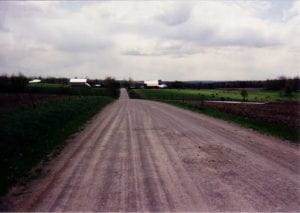 our road in the winter, and once the waters have dried up from the spring they send a grate to fill in all the potholes left over from our arduous winters.
our road in the winter, and once the waters have dried up from the spring they send a grate to fill in all the potholes left over from our arduous winters.
Other than that, they leave us alone. As Williams wrote about this community having their road wiped away and the fight of the local community to return it, I was horrified. What about the people living on that road? How would they get to work? How would they feed their families? Williams writes about the bull trout that might become extinct, but if they just repair the existing road in the first place that caused no danger to the bull trout, what would happen then.
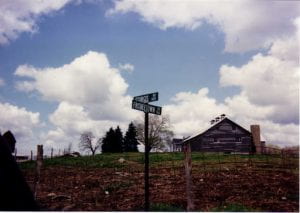 All I could think about was what if that happened in my community? If my road fell into disrepair and was washed away by the melting snows? The people who live in this small rural community do not have the money to lose to fix it themselves, they cannot afford to miss days of work because their road cannot be crossed. My heart ached for the people that are barely mentioned, who would have had to face the decision to give up their homes to move somewhere else.
All I could think about was what if that happened in my community? If my road fell into disrepair and was washed away by the melting snows? The people who live in this small rural community do not have the money to lose to fix it themselves, they cannot afford to miss days of work because their road cannot be crossed. My heart ached for the people that are barely mentioned, who would have had to face the decision to give up their homes to move somewhere else.
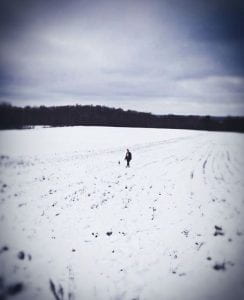
I had to question, what would my community do if this happened here? Would we stand up and fight? Or have we become so dispassionate from years of simply taking what the government gives us?
As a liberal, I am different from most in my community. I live in an area where most are uneducated and believe the lies spouting from the mouth of the President. They fly their rebel flags believing it is a sign of history, completely disregarding that Pennsylvania was in the Union and that it is not our history. The people of my community take what they are being given. They do not stand up and fight. They stand with the status quo. It is there that I realize most would not fight, most would allow the government to do what they do and convince them that this is best.
Williams talks of “a participation in public life to make certain all is not destroyed under the banner of progress, expediency, or ignorance” (Williams 19) and this is where I believe my community would fail. Most are content with what the government tells them is right and are not willing to research their beliefs to discover the best way to save themselves and their families.
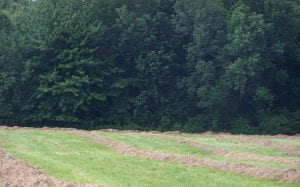
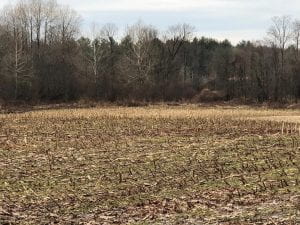
In Knowing Our Place, Barbara Kingsolver writes of needing wilderness in her life and I recognize that. I bounce around Western Pennsylvania, spending most of my adult life living in Pittsburgh, but when the ache for wide open skies, trees all around me, and the smell of manure that always reminds me of home, returns, so do I.
I grew up playing amongst the trees, with the mud in the spring, bugs in the summer, leaves in the fall, and those astoundingly large piles of snow in the winter months. The city has its benefits, but living here brings you back to your core. One must really work for the essentials, planning weekly trips two towns over for groceries, organizing homework time by the hours of the day when the internet works the best. We grow our own food that will hold us through the long winter months, and we shoot, skin and package our own meat that will supply us all year long.
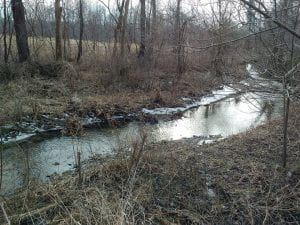 When I was young and full of rebellion I ran to the city seeking freedom from the mundane. As a woman in my late twenties I returned home to the hill where everyone knows my name. It is here I make my home, with my grandmother, where my parents and grown siblings show up unannounced on any given night to see what I have cooked for dinner. It is here where I am content to make my home.
When I was young and full of rebellion I ran to the city seeking freedom from the mundane. As a woman in my late twenties I returned home to the hill where everyone knows my name. It is here I make my home, with my grandmother, where my parents and grown siblings show up unannounced on any given night to see what I have cooked for dinner. It is here where I am content to make my home.
I can’t imagine life any other way. The city is good for a little while, but eventually, one needs to experience what life is like without daily conveniences. I became spoiled having everything at arms distance. Life was easy and I got lazy. Here I must work harder and therefore discover the woman who I truly am.
Annotated Bibliography
Kingsolver, Barbara. “Knowing Our Place.” Small Wonder, Harper Collins, 2002.
Williams, Terry Tempest. “Home Work.” Red, 2002, pp. 3–19.
Fisher, Jim. “Photos.” Amish Murder, Edinboro University, jimfisher.edinboro.edu/amish/photos.html. This website provided me with the only published photographs I could find of my neighborhood. Affiliated with Edinboro University, it is a website dedicated to the most well known murder to happen in my neighborhood during my lifetime.


